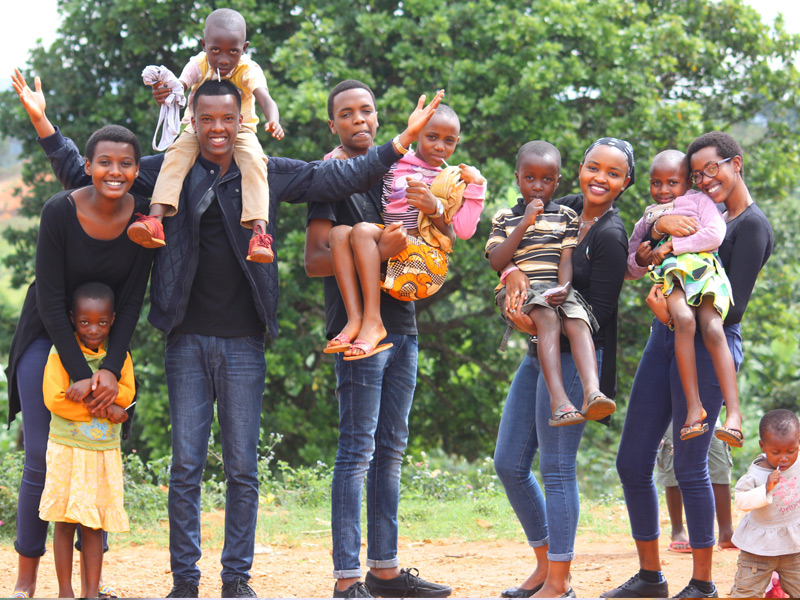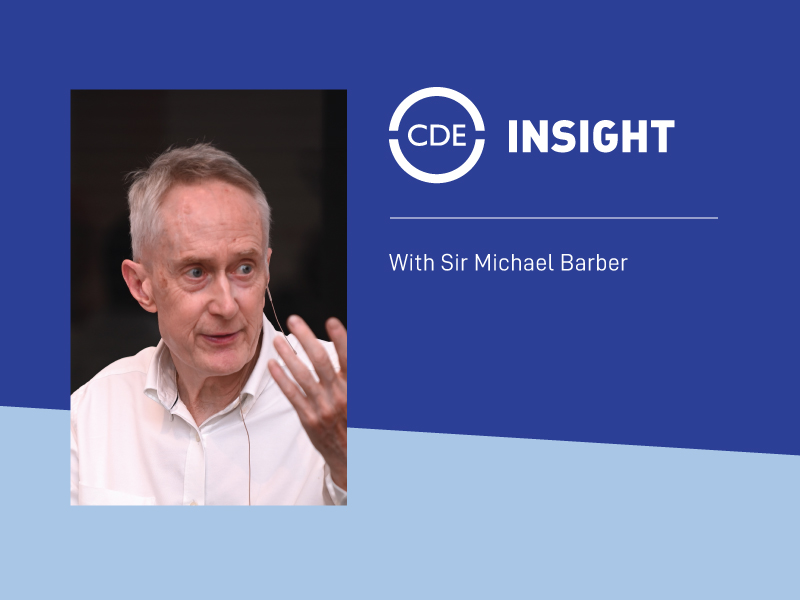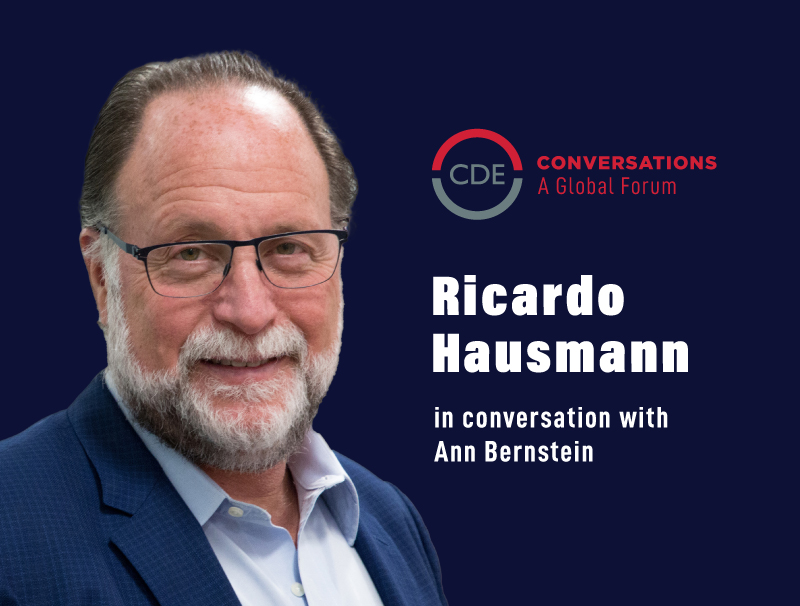Key Points:

- Middle class is defined differently in India, Kenya, and South Africa, but all three countries share the same need: for a second wave of reforms to make their middles classes less state-oriented and more entrepreneurial.
- In South Africa, researchers use two definitions to encompass the middle class: the “literal middle” that are middle class by virtue of being in the middle of the country’s income distribution and the “relatively affluent middle” who find themselves in income brackets that are more typically middle class by global standards.
- The expansion of middle classes across the emerging world poses many tricky political questions, including that of apportioning credit for this success between state-led programmes of redistribution (including affirmative action to remedy past exclusions) and market-driven economic reforms.
- In South Africa the public sector wage bill is the largest component of government expenditure and state-dependent middle classes are likely to hold back changes required to make states more accountable and economies more competitive and dynamic.
- The report confirms that successful democratic societies of the future will be those that achieve sustained economic growth which consolidates and improves the hard-won status of this demanding and newly empowered constituency. A more dynamic focus on growing a stable middle class requires a detailed understanding of what holds people back, either through a lack of economic opportunities or an inability to take advantage of what opportunities there are.



